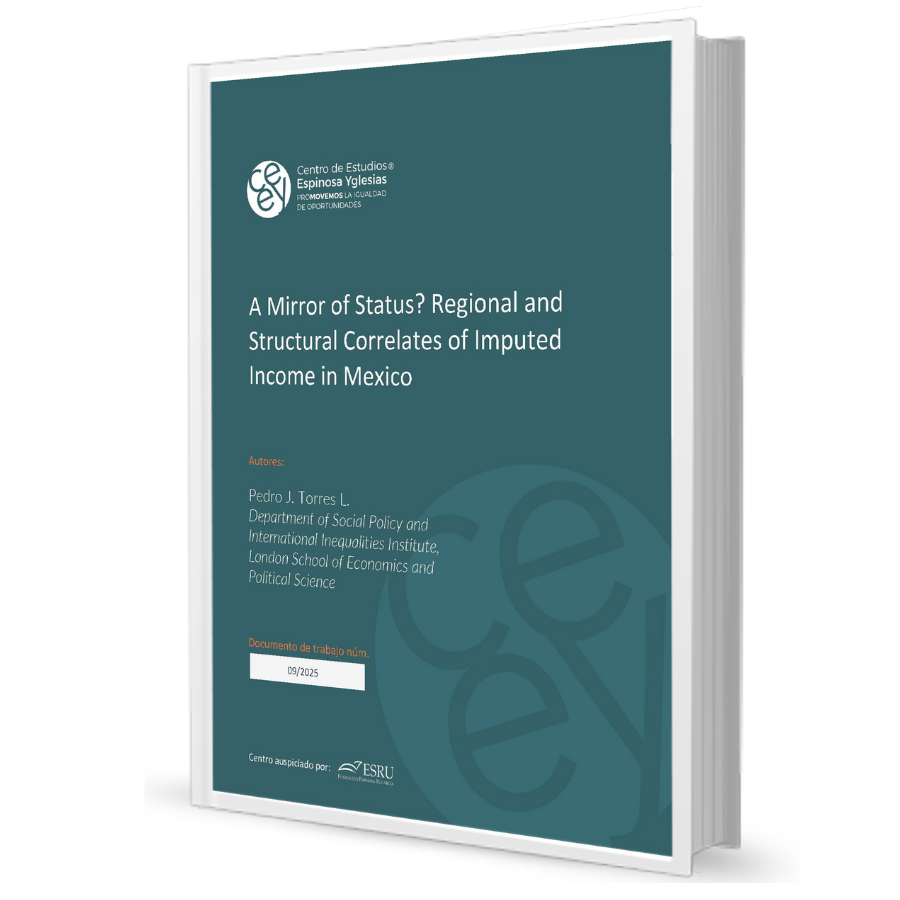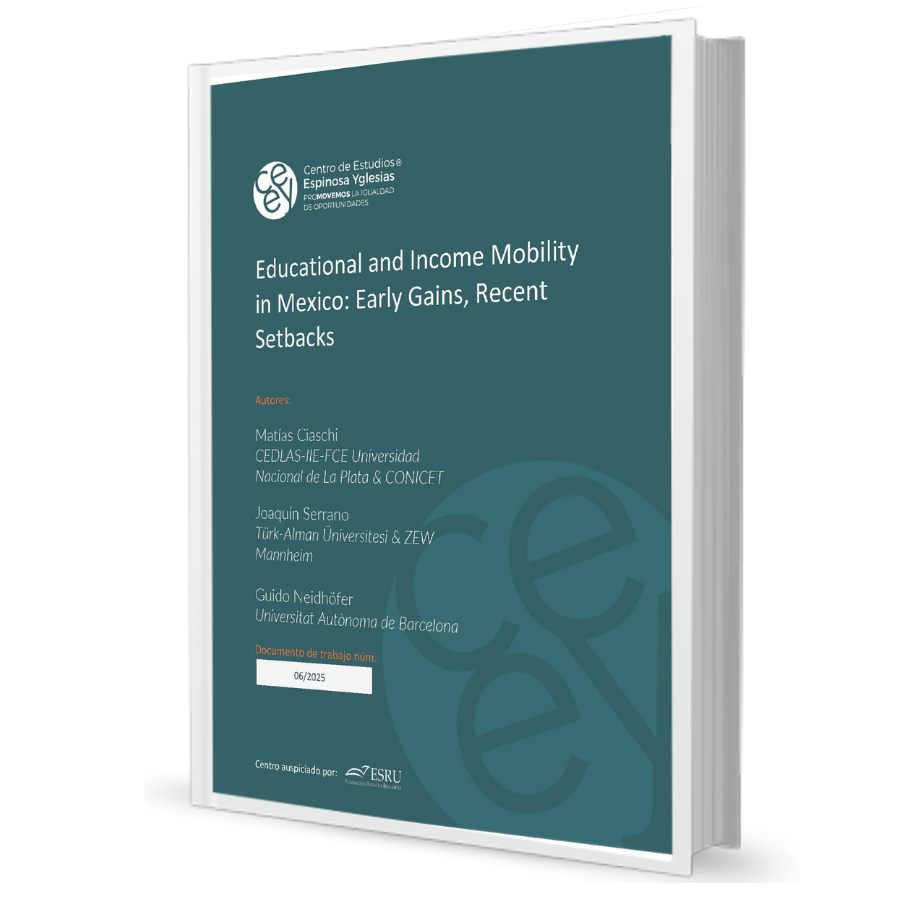
Intergenerational Social Mobility in Mexico and its Regions: Results from Rank-Rank Regressions
Marcelo Delajara
Dositeo Graña
Documento de trabajo CEEY no. 06/2017
With data from the ESRU Social Mobility Survey (EMOVI) 2011 the authors run rank-rank regressions to estimate relative and absolute upward intergenerational social mobility in the dimensions of wealth, education, and occupational status in Mexico at national and regional levels. The estimations yield a clear regional pattern: the degree of social mobility is higher than the national average in the North and North-Central regions, similar to the national average in the Central region, and lower than average in the South region. In particular, it is estimated that the children of poor parents (i.e. parents in the 25th percentile rank in the national distribution of wealth of their generation) achieved greater than average progress if they grew up in the North region, and smaller than average progress if they grew up in the South region. The same results are found for the case of education and occupational status. These findings are consistent with a negative relationship between social mobility and inequality (a Great Gatsby Curve), and a positive relationship between social mobility and economic growth, at the regional level in Mexico.





